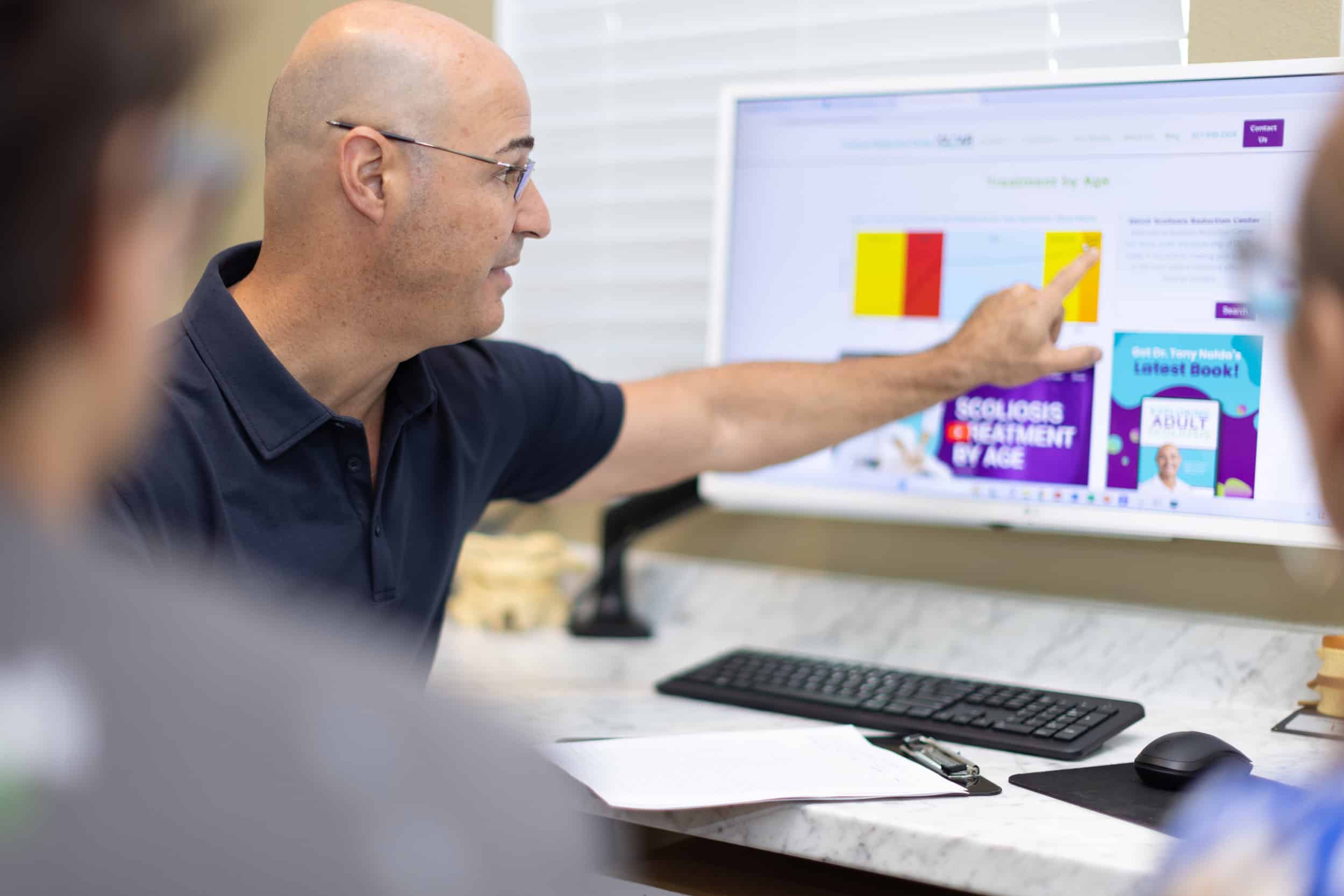Shine a Light on Scoliosis Awareness Month 2025
Partner with Dr. Tony and the Scoliosis Reduction Center to spread awareness, share resources, and support those living with scoliosis.
What is Scoliosis Awareness Month?
Scoliosis Awareness Month, every June, is dedicated to raising awareness about scoliosis. This annual campaign focuses on educating the public, supporting individuals living with scoliosis, and encouraging early detection and treatment.
Spearheaded by organizations like the Scoliosis Reduction Center, this month serves as a beacon of hope, empowering patients and their families with knowledge and resources to navigate their scoliosis journey.
- Did you know scoliosis affects approximately 2-3% of the population?
- Early detection can lead to more effective treatment outcomes.
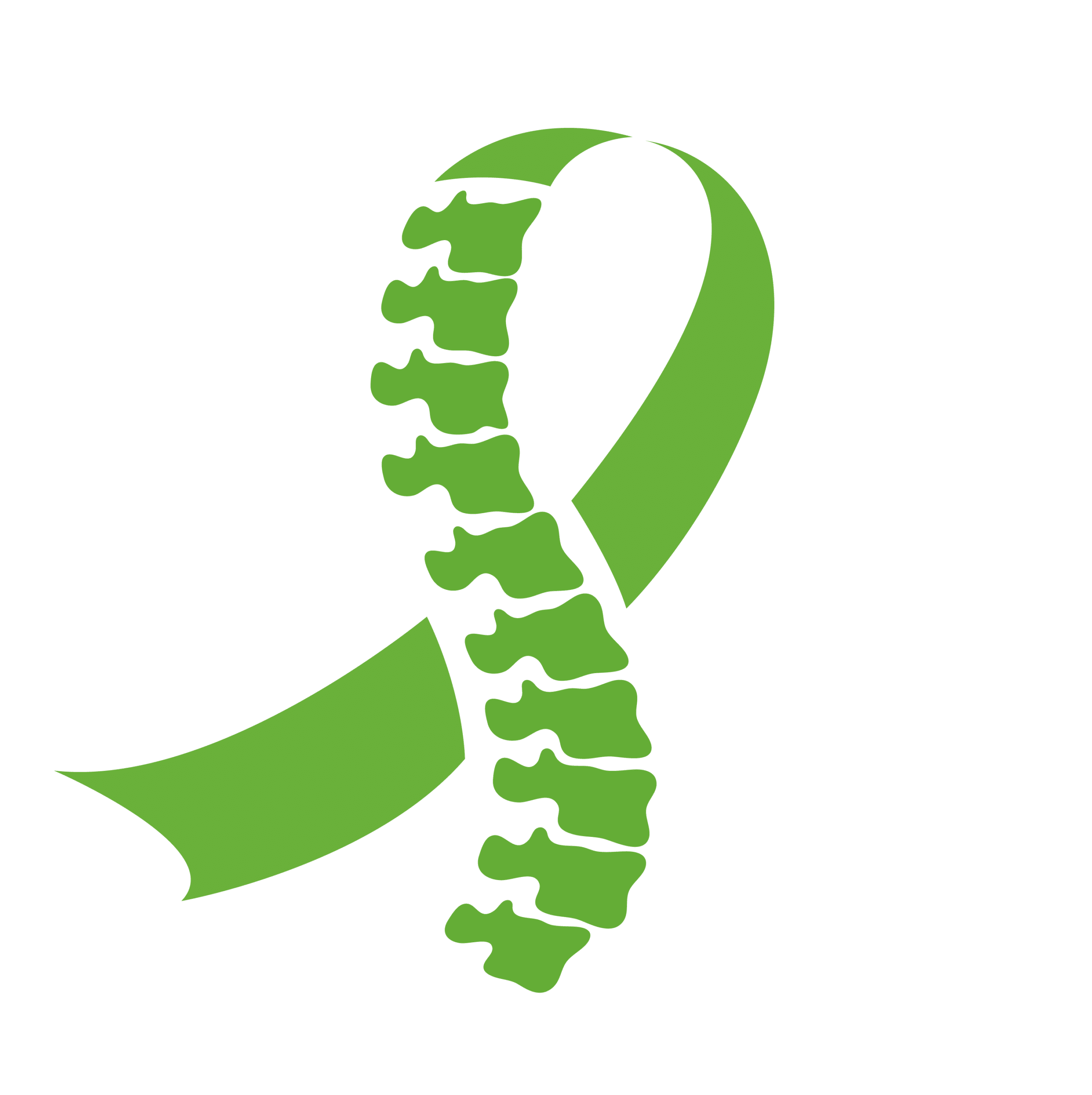
Discover Everything You Need to Know About Scoliosis
Learn More About Scoliosis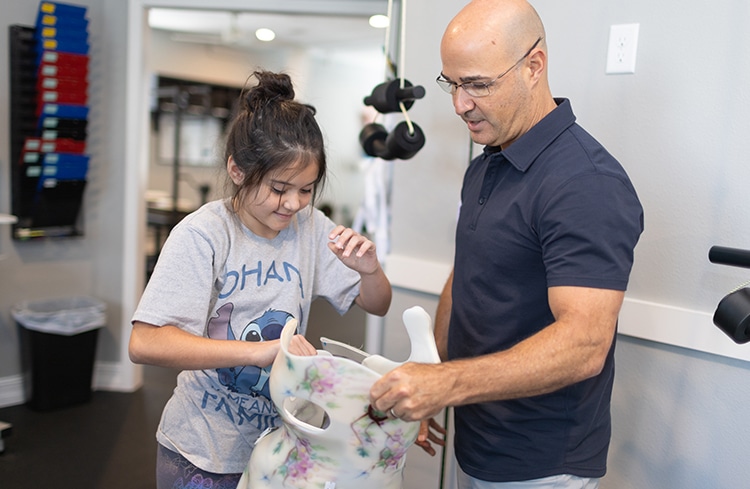
Why Dr. Tony Champions Scoliosis Awareness Month
As a chiropractor specializing in scoliosis, I’ve dedicated my career to improving the lives of those affected by this condition. Scoliosis Awareness Month holds a special place in my heart because it’s an opportunity to not only educate the public but also connect with patients and their families on a deeper level.
By spreading awareness, we can promote early detection and effective treatment, helping individuals lead healthier, more fulfilling lives. This month symbolizes hope, education, and support—values that guide my practice every day.
Learn More About Dr. Tony’s Journey
Meet Dr. Tony2-3%
of the population worldwide
is affected by scoliosis, making it one of the most common spinal conditions.
80%
of scoliosis cases
are idiopathic, meaning their exact cause is unknown, and is often due to several different factors.
10 and 15
is the age range
when scoliosis often develops, highlighting the importance of regular screening during adolescence.
90%
of scoliosis patients
have seen improvements from conservative scoliosis treatment methods.
Empower Your Journey with Expert Scoliosis Resources
Explore our comprehensive guides designed to provide you with the knowledge and support needed to navigate scoliosis. From understanding the condition to discovering effective treatments, these resources are your first step towards a healthier, more informed future.
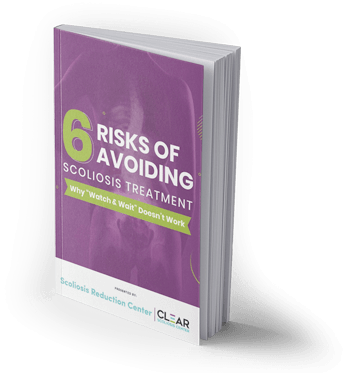
6 Risks of Avoiding Scoliosis Treatment
Understand the potential consequences of untreated scoliosis and how proactive care can make a difference.
Get This Free Guide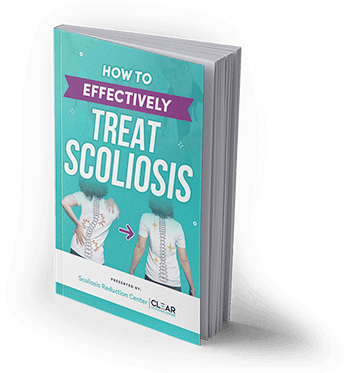
How To Effectively Treat Scoliosis
Discover proven strategies for managing scoliosis and improving quality of life, without having to risk surgery.
Get This Free Guide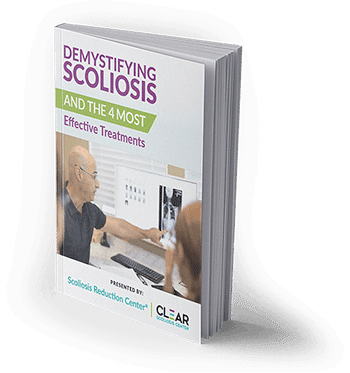
Demystifying Scoliosis
Get your questions answered and learn about effective scoliosis treatments that are available (without surgery!)
Get This Free GuideTake the First Step Towards Scoliosis Relief
Your journey to understanding and managing scoliosis starts with a personalized consultation. Dr. Tony and his team are here to provide expert guidance and tailored treatment options designed to meet your unique needs. Don’t wait—early action can make all the difference.
Schedule Your ConsultationMedia Resources for Scoliosis Awareness Month
Are you covering Scoliosis Awareness Month? Access everything you need to inform your audience about scoliosis and the work of Dr. Tony and the Scoliosis Reduction Center. From essential facts to expert insights, our resources are designed to support your story.
Our press kit includes:
- Key scoliosis facts and statistics.
- Dr. Tony’s credentials and media-friendly bio.
- High-quality images for editorial use.
- Contact information for interviews
- And additional resources.
